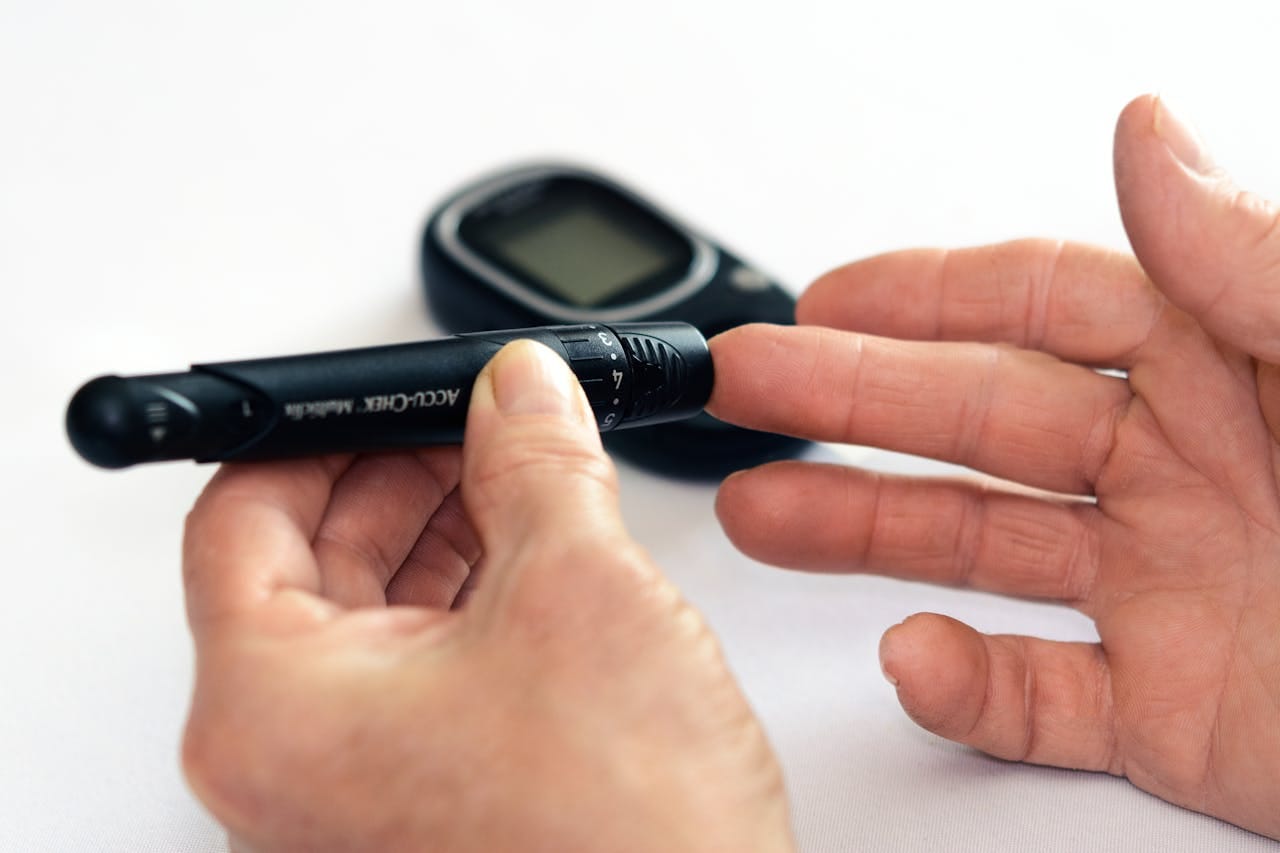Smart Drug Delivery Systems and Smart Drugs: What Patients Should Know
Table of Content
Advancements in healthcare technology have introduced groundbreaking innovations in the way medications are delivered to patients. One such advancement is smart drug delivery systems—a technology designed to improve the precision, timing, and efficacy of medications.
Combined with smart drugs, these systems can offer significant benefits for patient outcomes.
But what exactly are smart drug delivery systems and smart drugs, and why should patients care?
What Are Smart Drug Delivery Systems?
Smart drug delivery systems refer to innovative technologies that precisely target where, when, and how much of a drug is delivered to a specific part of the body.
Traditional methods, like pills or injections, release medication throughout the entire body, often leading to unwanted side effects. In contrast, smart drug delivery systems focus on targeting a specific site, delivering the medication in a controlled manner to maximize effectiveness and reduce adverse reactions.
For example, if someone is suffering from cancer, smart drug delivery might involve nanoparticles that deliver chemotherapy directly to the tumor cells without affecting the surrounding healthy tissues. These systems often rely on advanced biomaterials, sensors, and microdevices to achieve such precision.
Key Features of Smart Drug Delivery Systems:
- Targeted Delivery: Directs medication to specific areas, such as cancer cells or infected tissues, reducing side effects.
- Controlled Release: Medication is released over time in measured doses, ensuring a steady therapeutic effect.
- Responsive to Stimuli: Some systems can respond to changes in the body (like pH or temperature) to release drugs only when needed.
- Improved Bioavailability: Ensures that more of the drug reaches the intended site, leading to better results with lower dosages.
What Are Smart Drugs?
Smart drugs are a broad category of medications that can either enhance cognitive function or be paired with smart delivery systems for better-targeted treatments. In the context of smart delivery systems, smart drugs are those formulated to work synergistically with the delivery method to optimize treatment.
Some common examples of smart drugs include:
- Chemotherapeutic agents: Used in cancer treatment, paired with nanoparticle delivery systems to specifically target tumor cells.
- Antibiotics: Developed with systems that release medication only when they detect infection markers, minimizing the risk of antibiotic resistance.
- Nootropics: Drugs like modafinil or piracetam, which enhance cognitive function and are used under medical supervision for conditions like ADHD or narcolepsy.

Examples of Smart Drug Delivery Systems in Action
- Nanoparticle-based Drug Delivery: In cancer treatment, nanoparticles loaded with chemotherapy drugs are engineered to recognize and bind to tumor cells.
This allows the drugs to kill cancer cells while sparing healthy tissues, reducing the typical side effects of chemotherapy like hair loss and fatigue. - Implantable Devices: Some smart drug delivery systems are implanted under the skin, where they release medication steadily over time.
For example, diabetic patients can benefit from glucose-sensing insulin pumps that release insulin only when blood sugar levels rise. - Hydrogels: These are materials that can hold large amounts of water and are used for targeted drug delivery, particularly in wound care.
- Hydrogels containing antibiotics can be applied to a wound, releasing the drug as needed and preventing infections.
Benefits of Smart Drug Delivery Systems for Patients
- Fewer Side Effects: Because the drug is targeted to specific areas, healthy tissues are less likely to be affected, reducing the risk of side effects.
- Improved Compliance: Some smart systems require fewer doses, making it easier for patients to follow their treatment regimen.
This is particularly helpful for chronic conditions requiring long-term medication. - Faster Recovery: With the drug acting more efficiently at the right location, patients often recover faster or see improved outcomes compared to traditional methods.
- Personalized Medicine: Smart drug delivery systems can be tailored to individual patient needs, leading to more personalized and effective treatments.
What Should Patients Know?
While smart drug delivery systems and smart drugs hold immense promise, there are a few things patients should keep in mind:
- Ask Your Doctor About Eligibility: Not every patient or condition is suitable for smart drug delivery systems. Discuss with your healthcare provider if this is an option for your treatment.
- Understand the Risks: Although these systems are designed to reduce side effects, they are not risk-free.
As with any medical treatment, there can be potential complications, especially with implantable devices. - Follow Instructions Carefully: If prescribed a smart drug or a system, following the guidelines on usage is crucial to ensure its effectiveness.
- Insurance and Cost Considerations: Some smart drug delivery systems may not yet be covered by all insurance plans, and the costs can be higher compared to traditional medications.
Conclusion
Smart drug delivery systems represent a new frontier in personalized, effective healthcare. By providing targeted and controlled drug delivery, they can reduce side effects, enhance treatment outcomes, and improve patient adherence to treatment plans.
However, as with any medical innovation, it’s important to weigh the benefits and risks and consult with healthcare providers to determine the best course of treatment.
Resources:
- National Institutes of Health (NIH): Smart Drug Delivery
- American Cancer Society: Nanotechnology in Cancer Treatment
- Mayo Clinic: Drug Delivery Innovations











